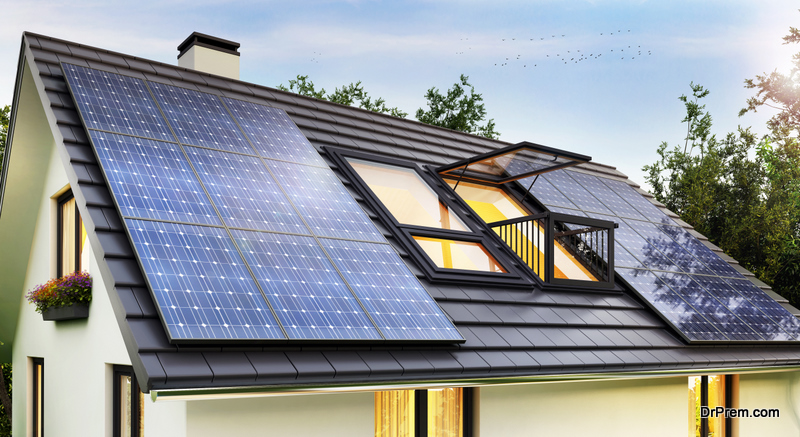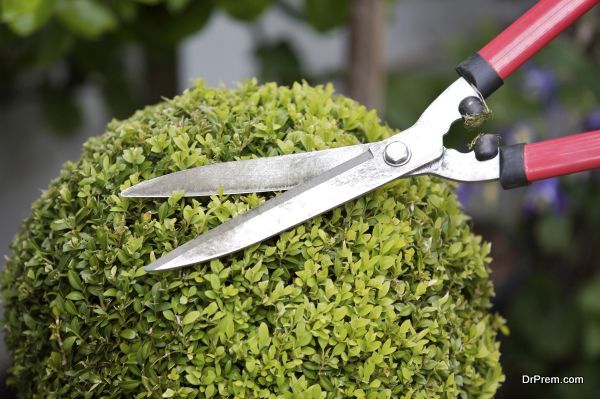As environmental concerns continue to grow, it’s becoming increasingly important for individuals to adopt lifestyles that are less harmful to the planet. Making your home eco-friendly is a practical way to contribute to a healthier environment while simultaneously enjoying financial benefits.

In a city like St. Petersburg, where housing costs are high if you want to live in a desirable neighborhood, incorporating eco-friendly practices into your home can lead to substantial savings on utility bills and maintenance costs. Beyond the financial incentives, these changes can also improve your quality of life by creating a healthier, more sustainable living environment.
This article will explore seven effective ways to make your home more eco-friendly, helping you reduce your environmental impact and save money in the process.
1. Tackle Water Wastage
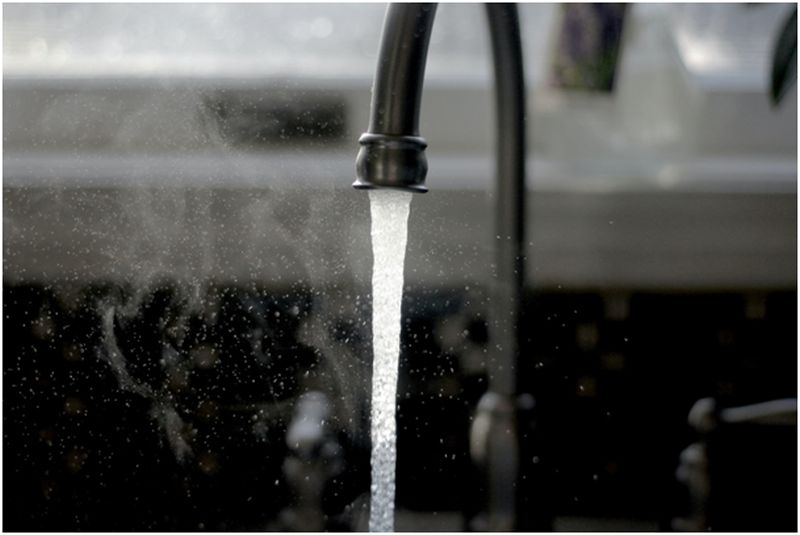
Water wastage is a common problem in many households, and it’s one of the easiest issues to address when aiming to make your home more eco-friendly. Leaky faucets, outdated plumbing, and inefficient appliances are often the culprits. A dripping faucet might not seem like a major issue, but it can potentially waste up to 3,000 gallons of water annually. Fixing these leaks promptly is not just an eco-friendly practice but also a way to lower your water bills.
In a city like St. Petersburg, where heavy rains are also common, it’s crucial to inspect your home for any water damage caused by leaks or even weather conditions. Water damage not only leads to wastage but can also create an unhealthy environment, fostering mold growth and compromising the structural integrity of your home. To address these issues, it’s wise to consult an experienced St Petersburg water damage company. These professionals can inspect your property, repair any damage, and ensure that your home remains safe and healthy. By tackling water wastage and damage, you’re not just conserving water but also creating a healthier living space.
2. Improve Energy Efficiency

Improving energy efficiency is another crucial step in making your home eco-friendly. You can reduce energy consumption with simple changes, such as switching to energy-efficient light bulbs like LEDs.
Upgrading your home’s insulation and windows can also have a major impact on energy efficiency. Poor insulation and outdated windows allow heat to escape during the winter and let in too much heat during the summer, forcing your heating and cooling systems to work harder. By investing in high-quality insulation and double or triple-glazed windows, you can reduce energy loss, maintain a comfortable indoor temperature, and lower your energy bills.
3. Install Solar Panels
Solar energy is a powerful way to make your home more eco-friendly. Harnessing the sun’s energy reduces your reliance on non-renewable energy sources and lowers your carbon footprint. In sunny climates like St. Petersburg, solar panels are especially effective, providing a reliable source of energy throughout the year.
Yes, the initial investment for solar panels can be substantial, but think about the long-term savings. Many homeowners find that their solar panels pay for themselves within a few years through reduced energy bills. Additionally, there are often tax incentives and rebates available for installing solar panels, making it a more affordable option. By choosing solar energy, you’re not only saving money but also contributing to a more sustainable future.
4. Use Sustainable Materials
When it comes to home renovations or even simple upgrades, choosing sustainable materials is key to making your home more eco-friendly. Sustainable materials, such as bamboo, recycled wood, and low-VOC (volatile organic compounds) paints, are better for the environment and can contribute to healthier indoor air quality. Bamboo, for example, is a rapidly renewable resource that requires minimal water and no pesticides to grow, making it an excellent choice for flooring or furniture.
Incorporating these materials into your home can reduce your environmental impact and create a more sustainable living environment.
5. Follow the three Rs – Reduce, Reuse, Recycle
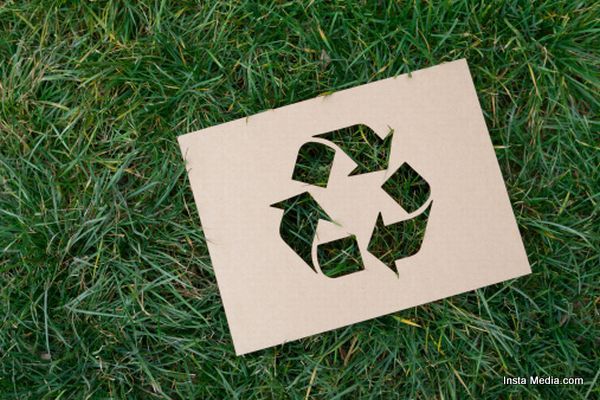
Adopting the “reduce, reuse, recycle” mantra is one of the most effective ways to make your home eco-friendly. Start by reducing the amount of waste you produce. This can be done by choosing products with minimal packaging, avoiding single-use items, and composting organic waste. Reusing items, such as repurposing glass jars or donating old clothes, helps extend the life of products and reduces the demand for new resources.
Recycling is also important. Recycle paper, glass, plastics, and metals according to your local recycling program’s guidelines. By reducing, reusing, and recycling, you can decrease the amount of waste your household generates and contribute to a cleaner environment.
6. Opt for Eco-Friendly Landscaping
Eco-friendly landscaping is an excellent way to make your home more sustainable while enhancing its aesthetic appeal. Traditional landscaping methods often involve excessive water usage, chemical fertilizers, and pesticides that harm the environment. Instead, consider xeriscaping, a landscaping method that uses drought-resistant plants and minimizes water consumption.
Using native plants is another effective strategy. These plants are naturally adapted to the local climate and soil, requiring less water and maintenance. Opt for organic fertilizers and natural pest control methods, as they can reduce your home’s chemical footprint, making your garden a safe and healthy space for both you and the local wildlife.
7. Choose Non-Toxic Cleaning Products
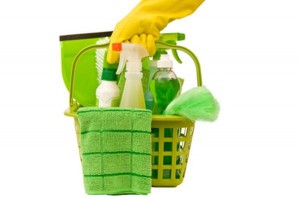
Have you ever wondered about the impact of the cleaning products you use at home? Many conventional cleaning products contain harsh chemicals that can pollute the air and water and pose health risks to you and your family. Switching to non-toxic, biodegradable cleaning products is a simple yet effective way to make your home more eco-friendly.
Non-toxic cleaning products are made from natural ingredients that are safe for the environment and do not release harmful chemicals into the air. Common household items like vinegar, baking soda, and lemon juice can also be used to create DIY cleaning solutions that are just as effective as commercial products. By choosing non-toxic cleaning products, you can keep your home clean and safe while reducing your environmental impact.
Every Step Matters
Transitioning to an eco-friendly home is a practical and rewarding way to reduce your environmental impact while enjoying a healthier, more sustainable living space. In St. Petersburg, where living costs can be higher in some areas, these changes can also lead to major savings, making it a win-win situation. By implementing these strategies, you not only contribute to the preservation of our planet but also create a more comfortable and eco-conscious home for yourself and future generations.
Articleby community Writer.


